Is Your Website Just Sitting There… While Your Competitors Are Cashing In?
Here’s the brutal truth: Your website is costing you money right now.
While you sleep, potential customers are landing on your digital doorstep—and leaving empty-handed. They’re confused, unconvinced, and clicking straight to your competitor who gets it. Your beautifully designed site? It’s nothing but an expensive online brochure gathering digital dust.
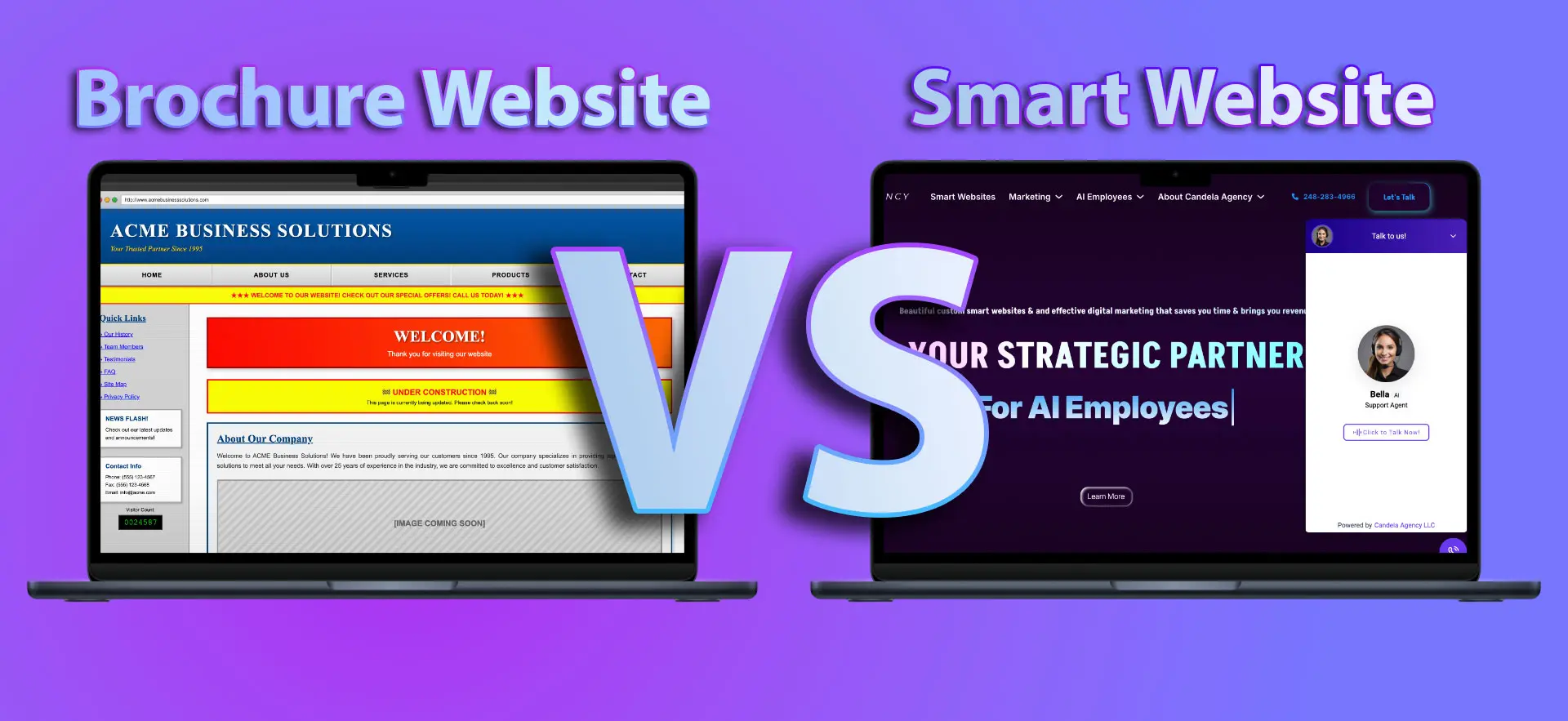
The Silent Business Killer
Most business owners believe having a website checks the “online presence” box. They invested thousands in sleek design, professional photography, and compelling copy about their services. Yet month after month, the phone stays quiet. The contact form collects spam. And the Google Analytics dashboard shows visitors bouncing faster than a bad check.
Think about your last website visitor. They had a problem your business solves. They found you on Google. They landed on your homepage, scrolled through your services, maybe even read a testimonial or two. Then what happened?
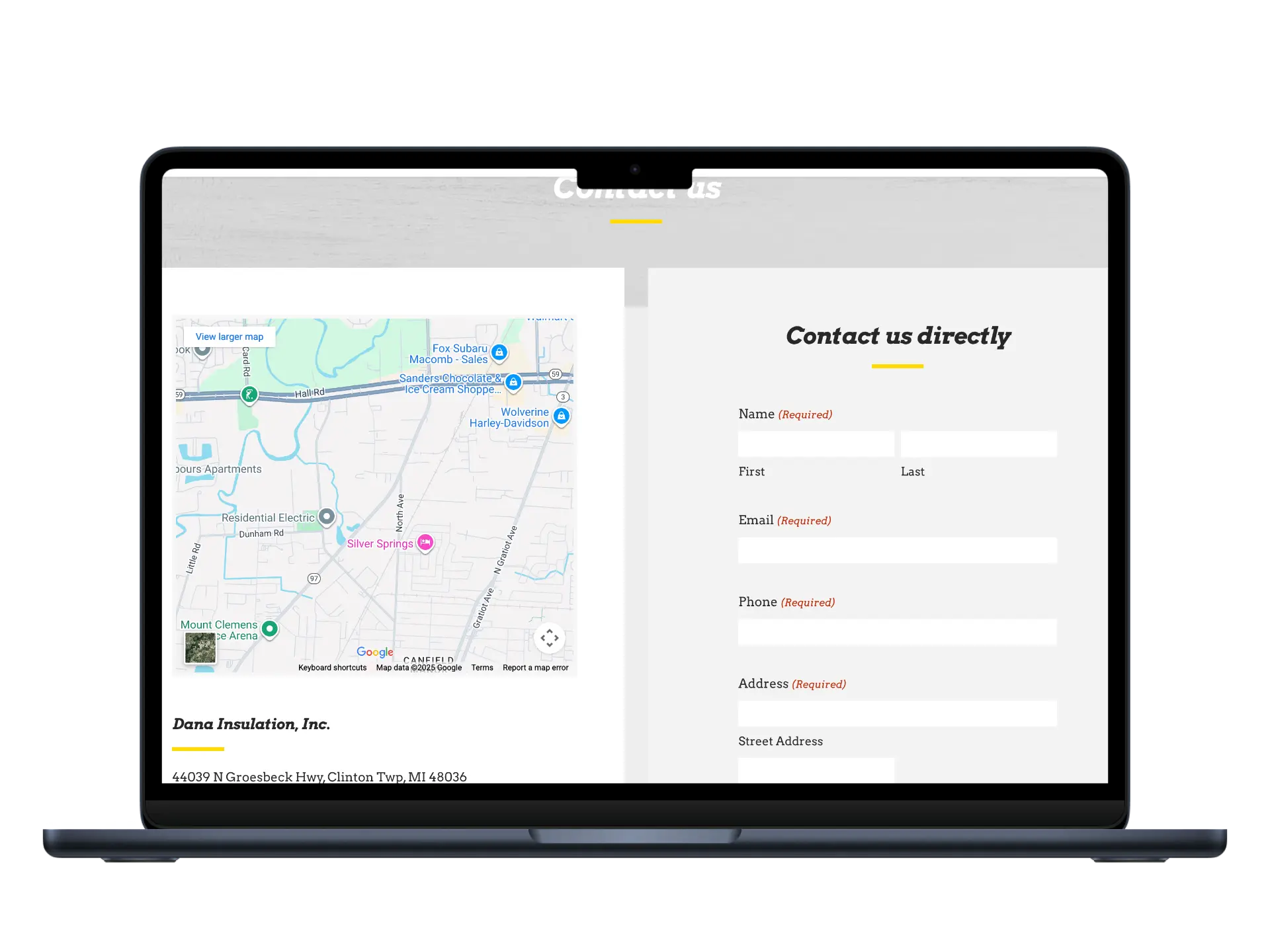
The problem isn’t traffic. It’s not even your offer. It’s that your website is fundamentally broken at its core purpose: converting visitors into customers.
They left. No call. No form submission. No appointment booked.
Why? Because your website asked them to do all the heavy lifting. It sat there passively, expecting them to figure out if you’re the right fit, navigate to a contact page, fill out a form, and wait days for your response—all while your competitor’s website was actively engaging them, answering their questions, and booking their appointment in real-time.
The Expensive Brochure Problem
Traditional websites function exactly like printed brochures. They display information and hope someone takes action. But here’s what that actually looks like in practice:
A potential customer visits your site at 9 PM on a Tuesday. They have questions. Your site has answers buried somewhere in the FAQ section they’ll never find. They don’t want to fill out a contact form and wait until tomorrow. They definitely don’t want to call and leave a voicemail. So they leave—and your competitor with the AI chat assistant captures that lead instantly.
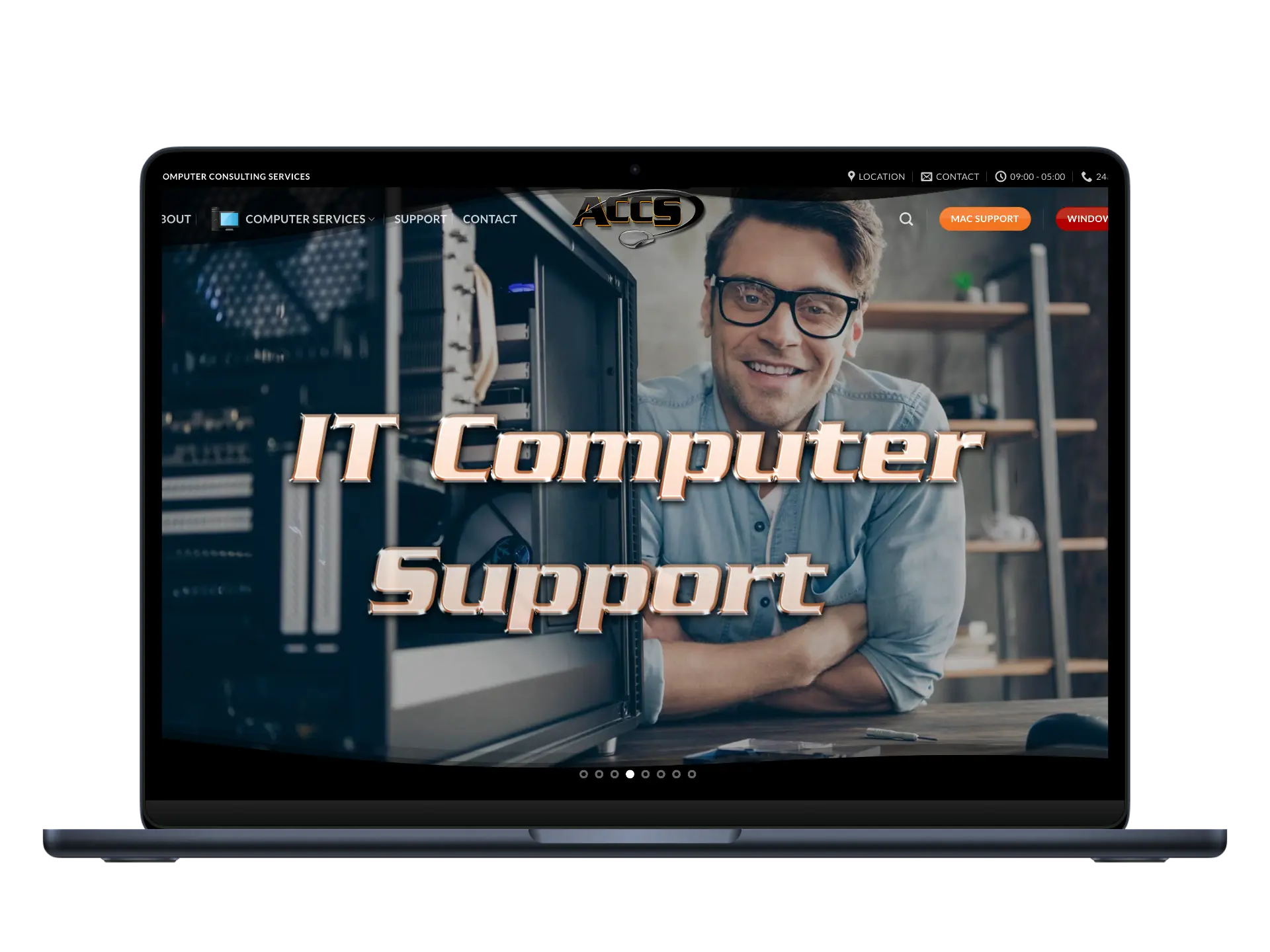
Every single day, this scenario plays out dozens or even hundreds of times on brochure websites. Qualified prospects arrive with buying intent and leave because the website doesn’t facilitate the next step. It’s the digital equivalent of a store with locked doors and a “leave a note” sign.
Meanwhile, your marketing budget keeps burning. You’re paying for Google Ads, Facebook campaigns, and SEO services to drive traffic to a website that converts at 1-2%. You’re essentially renting a billboard that points to a closed store.
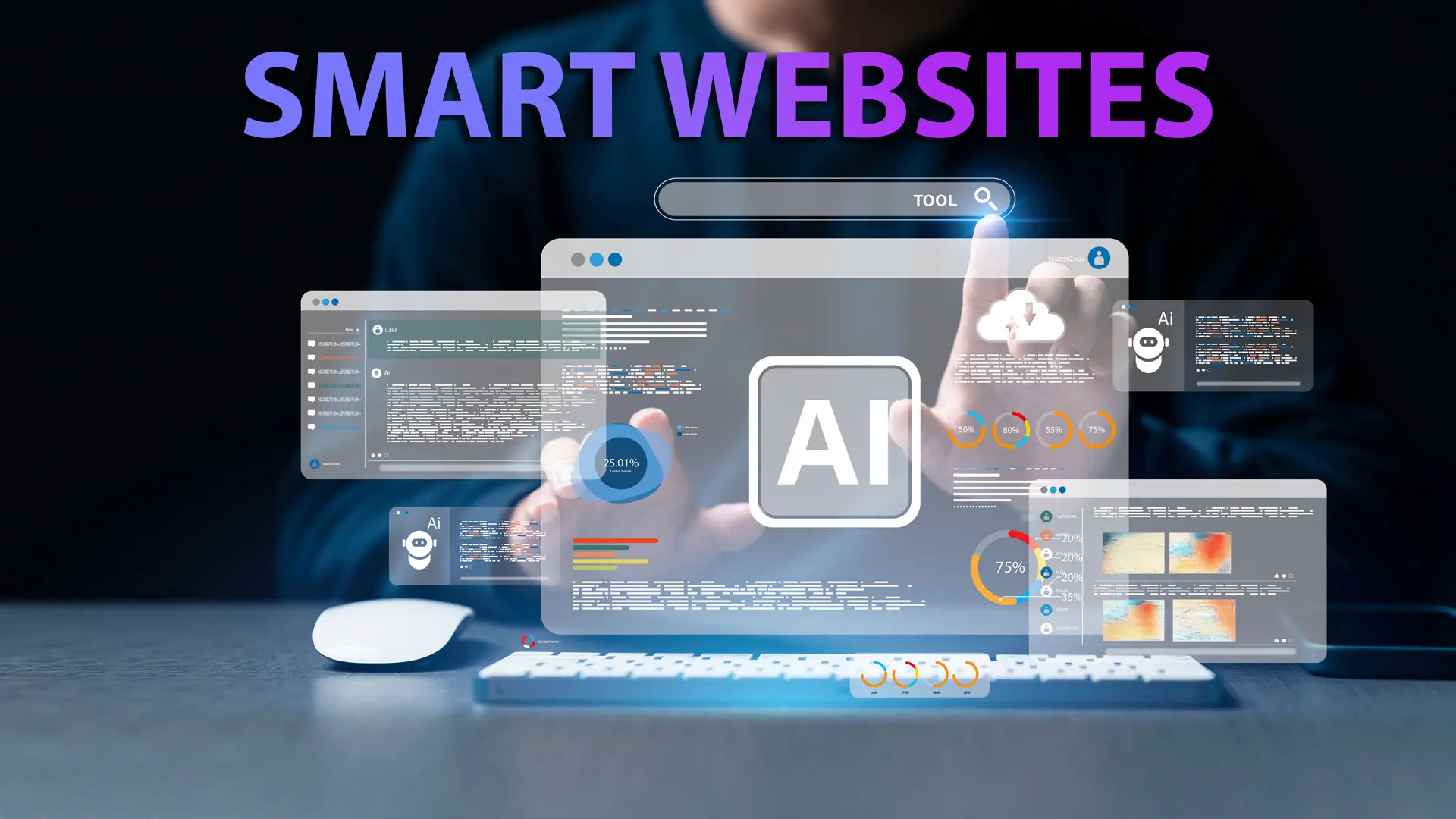
What Actually Works: The Smart Website Advantage
Companies using conversion-optimized, automation-powered websites report 2-5x more leads without spending another dollar on advertising. Some see even higher returns. The difference isn’t magic—it’s strategic architecture combined with intelligent automation.
Smart websites don’t wait for visitors to take action. They proactively engage, qualify, and convert.
Here’s what happens when someone lands on a properly optimized site:
Within seconds, an AI-powered assistant greets them naturally, asking about their specific needs. As the conversation unfolds, the system is gathering crucial qualification information—budget, timeline, pain points, decision-making authority. The visitor feels heard and understood, like they’re talking to a knowledgeable team member.
Behind the scenes, their contact information is automatically captured and stored in an integrated CRM. If they’re ready to move forward, the system books an appointment directly into your calendar. If they need more time, they’re automatically enrolled in a nurture sequence with targeted emails and SMS messages that address their specific concerns.
The visitor never felt pressured. You never manually entered data. The lead was qualified before you even knew they existed. And this entire process happens 24/7, whether you’re working, sleeping, or on vacation.
The Revenue You’re Leaving on the Table
Let’s do some quick math. If your website gets 1,000 visitors per month and converts at 1%, you’re generating 10 leads. If half of those close, that’s 5 new customers.
Now imagine converting at 3% with better engagement and automation. That’s 30 leads and 15 customers—tripling your results from the same traffic. If your average customer value is $2,000, you just added $20,000 in monthly revenue without spending more on marketing.
But here’s what really keeps business owners up at night: You’re not just losing the leads that visit your site. You’re losing all the referrals those customers would have generated. You’re losing the lifetime value of their repeat business. You’re losing market share to competitors who figured this out first.
Every month you operate with a brochure website instead of a conversion machine, the gap widens. Your competitors are building bigger email lists, generating more reviews, and dominating the local market—all from the same pool of potential customers you’re both fishing from.
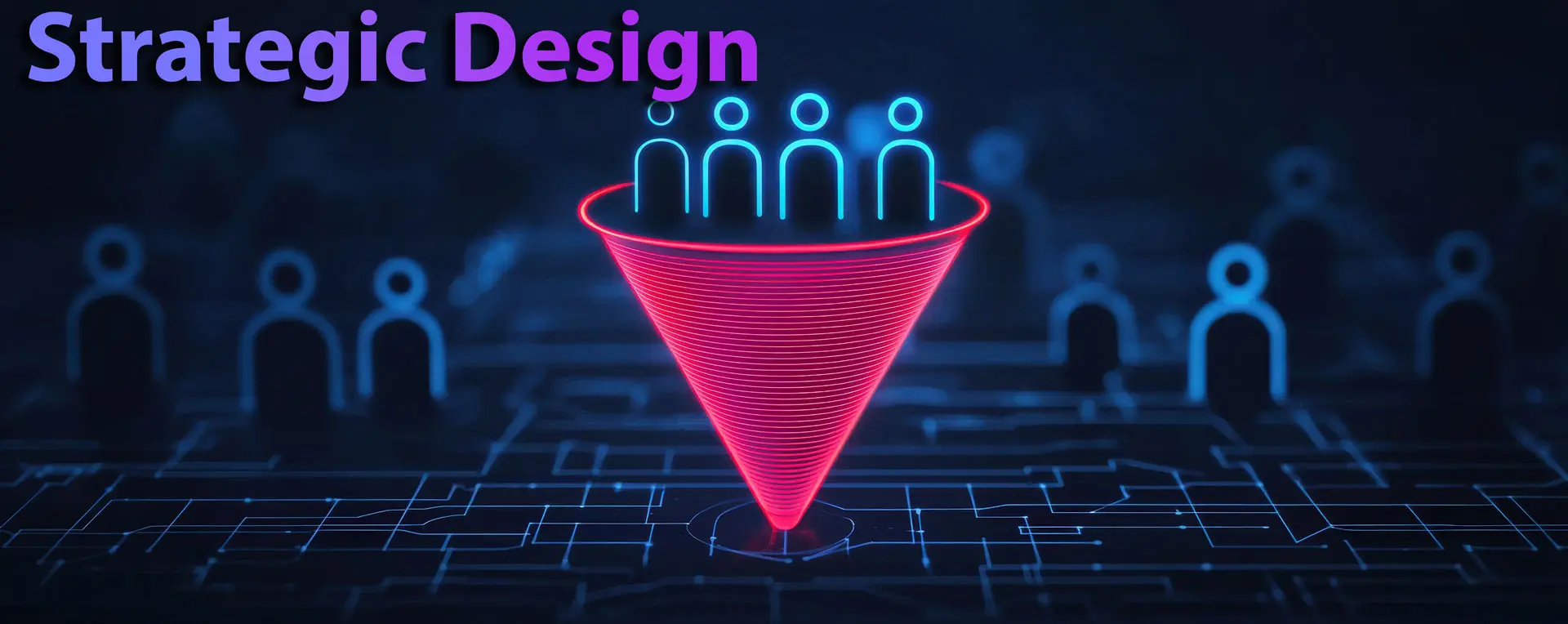
The Strategy Behind the Machine
The difference between a brochure and a sales machine isn’t just adding a chatbot or a contact form. It’s comprehensive strategic design that addresses every stage of the customer journey.
Strategic design starts with organic SEO optimization that ensures your services actually show up in Google search results. There’s no point having a conversion-optimized website if no one finds it. But unlike traditional SEO that drives traffic to generic pages, strategic design channels visitors into carefully crafted funnels.
These funnels use low-barrier offers to capture leads—free consultations, downloadable guides, audits, discount codes, or exclusive content. The psychology is simple: People are far more likely to exchange contact information for immediate value than to submit a blank inquiry form into the void.
Once captured, leads enter automated nurture sequences that build trust and move them toward a sale. The system sends personalized content based on their behavior, reminds them of abandoned appointments, follows up after consultations, and requests reviews after completed services. Every touchpoint is automated yet feels personal.
The integrated CRM ties everything together, giving you complete visibility into your pipeline without data entry. You know exactly where every lead came from, what they’re interested in, and where they are in your sales process. No more spreadsheets. No more lost follow-ups. No more wondering why that promising lead went cold.

What This Looks Like in Practice
Imagine waking up to three new qualified leads who booked consultations while you slept. Your calendar is filled with appointments from people who already understand your services and are ready to move forward. Your email sequences are warming up prospects automatically. Your reviews are growing without you having to chase customers.
This isn’t theoretical. Businesses across industries—from contractors to consultants, healthcare providers to professional services—are experiencing this reality right now. The technology exists. The strategies are proven. The only question is whether you’ll implement them before your competitors capture your market share.
The Cost of Waiting
Every day you delay is another day of leaked revenue. Another batch of prospects who bounced. Another month where your competitor with the smart website pulled further ahead.
The businesses dominating your local market aren’t necessarily better at what they do. They’re just better at converting the people who want to hire them. Their websites work as 24/7 sales teams, qualifying leads and booking appointments while yours sits idle.
Your beautifully designed brochure website isn’t just failing to generate revenue—it’s actively costing you opportunities. The investment you made? It’s depreciating faster than a new car. Because in today’s market, a website that doesn’t convert isn’t an asset. It’s a liability.

Time to Fix Your Money Leak
The gap between brochure websites and smart websites is the gap between struggling for leads and having a consistent pipeline. Between wondering if your marketing works and having clear ROI data. Between doing everything manually and having systems that scale.
Your website should be your hardest-working employee—greeting visitors, answering questions, qualifying leads, booking appointments, nurturing prospects, and generating reviews. It should work while you sleep, scale without additional cost, and turn your digital presence into a predictable revenue engine.
The question isn’t whether you need a smart website. It’s whether you can afford to keep bleeding leads to competitors who figured this out first.
Your potential customers are searching right now. They’re landing on websites—yours or your competitors’. The ones who convert them win the business. The ones who don’t? They keep wondering why their beautiful website doesn’t generate results.
Which side of that equation do you want to be on?
